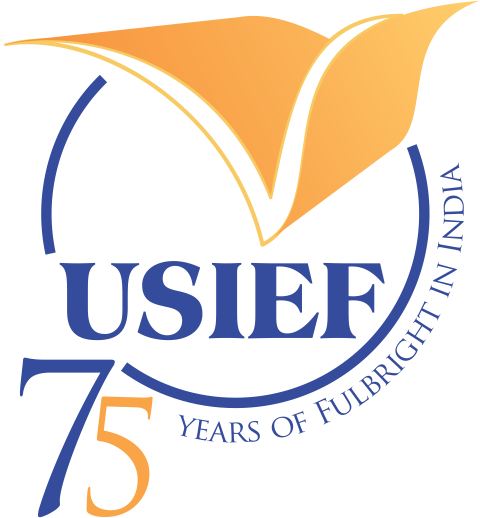Prof. Jamie Barber holds a position in the academic and professional writing program at the University at Buffalo where she also served as the interim director of the Journalism Certificate Program in 2021-2022. Prof. Barber’s work in the classroom aims to decenter concepts of “normal” in order to invite students to leverage their diverse backgrounds and abilities as they develop their writing skills. She recently taught a class titled “Writing for Change” in which students learned research and writing skills while trying to enact change on a real-world problem that intersected with their interests and identities. These writing students extended the impact of their writing and learning by creating multimodal “campaigns” to get the word out about their change-making ideas. Students created activist-centered zines, podcasts, infographics, and other documents that extended beyond text-based communication. Prof. Barber is currently co-designing a first-year writing course in which students will explore their language backgrounds while speculating on what linguistic justice might look like in academic and professional writing contexts.
Prof. Barber’s creative work often focuses on interactions between humans and the more-than-human world. Her essay “The Trouble with Cockroaches” explores tension between a “do-no-harm” attitude and a cockroach infestation. Her essay “Accepting Impermanence” speculates that ancient people may have advice for a new mother. Prof. Barber is also developing her journalism portfolio, recently writing about earthquake research for Temblor, and about the Buffalo, NY community for Buffalo Rising.
Prof. Barber’s Fulbright-Nehru project seeks to build a collaborative framework between students, educators, artists, designers, and scientists. She plans to work with the Science Gallery Bengaluru, an institution already engaged in powerful connections between the arts and the sciences, to build workshops that will connect students to this collaborative framework. Students will learn science while they engage in multimodal science communication projects.

